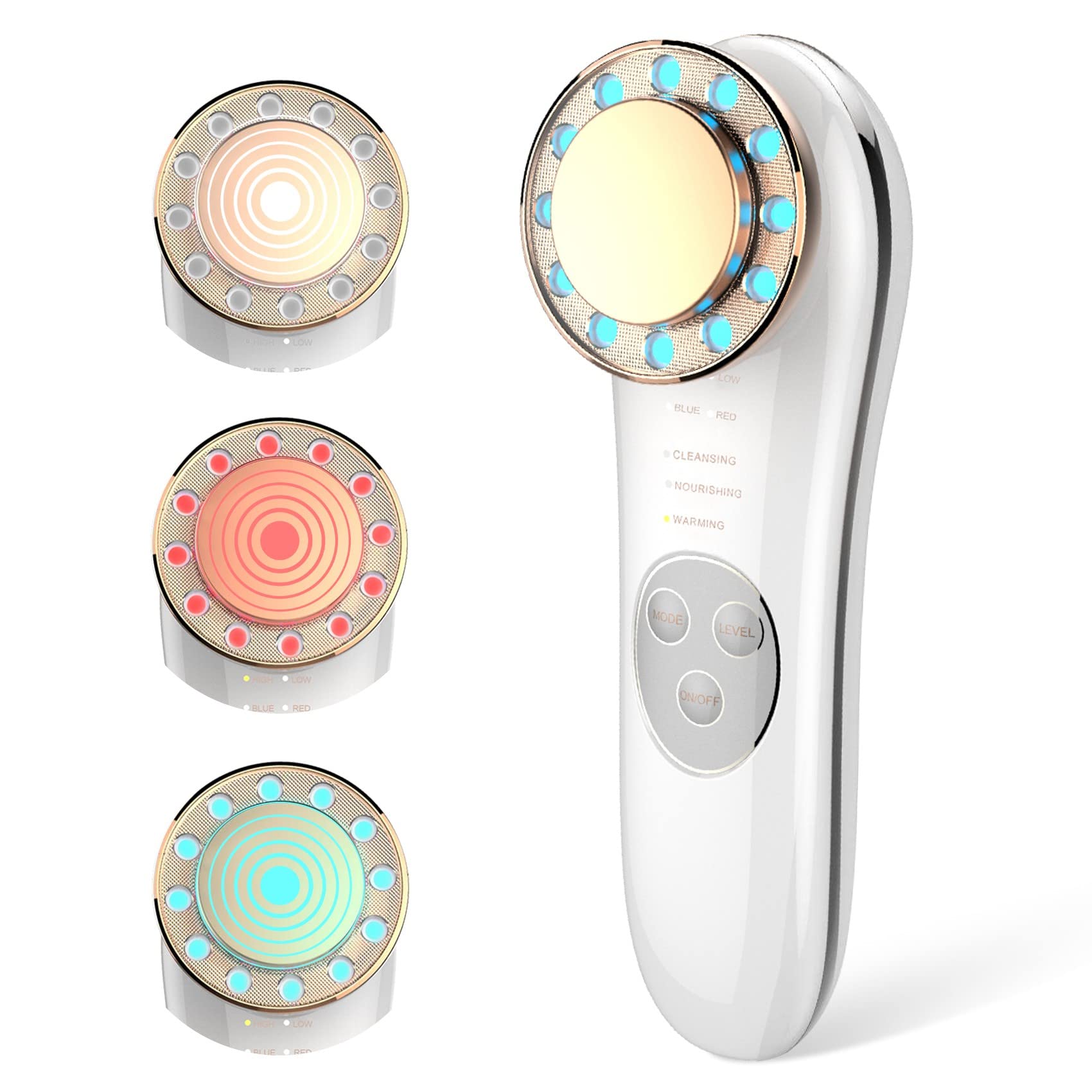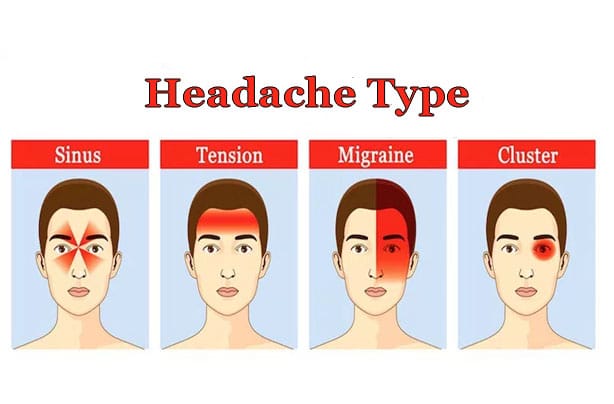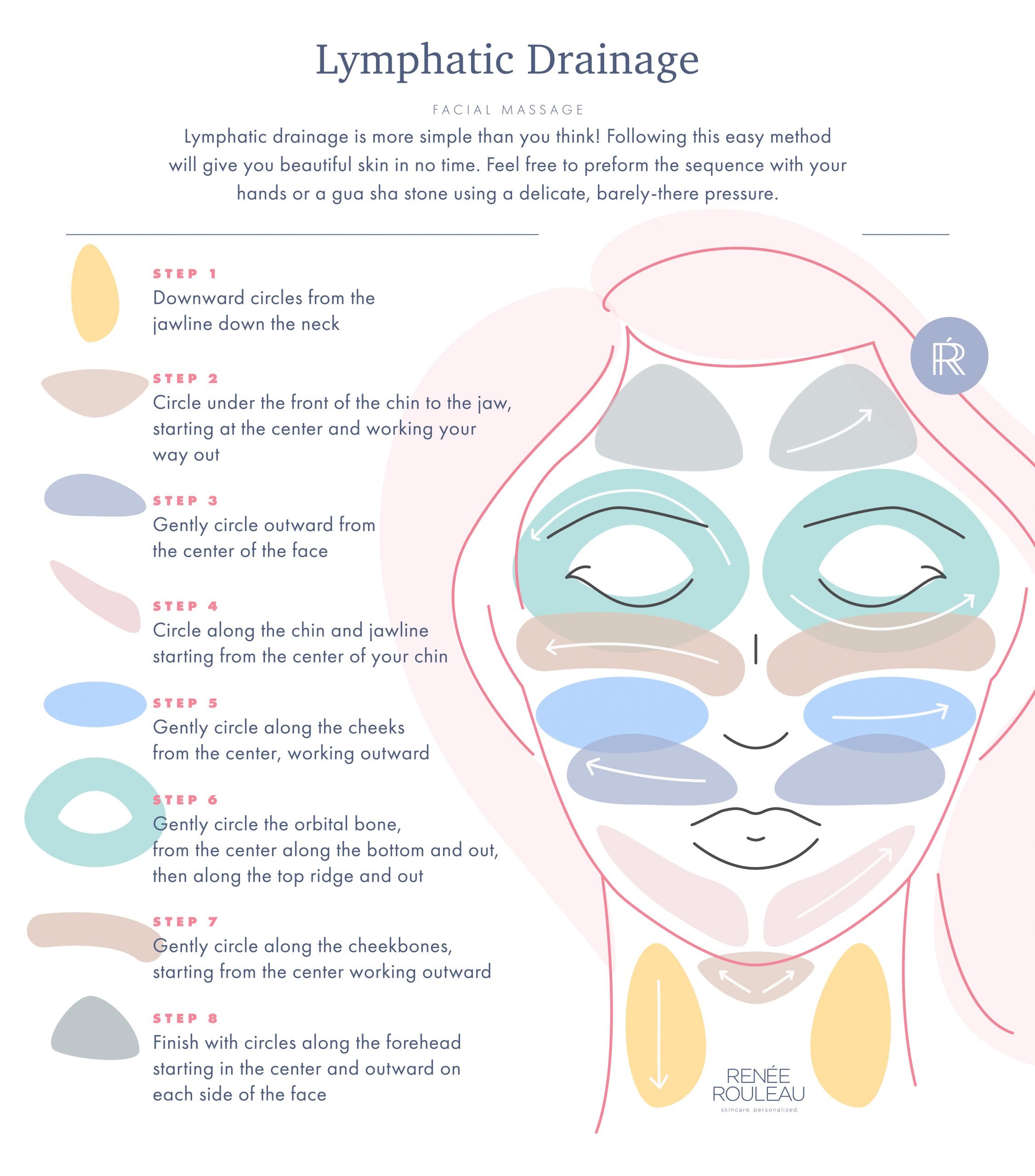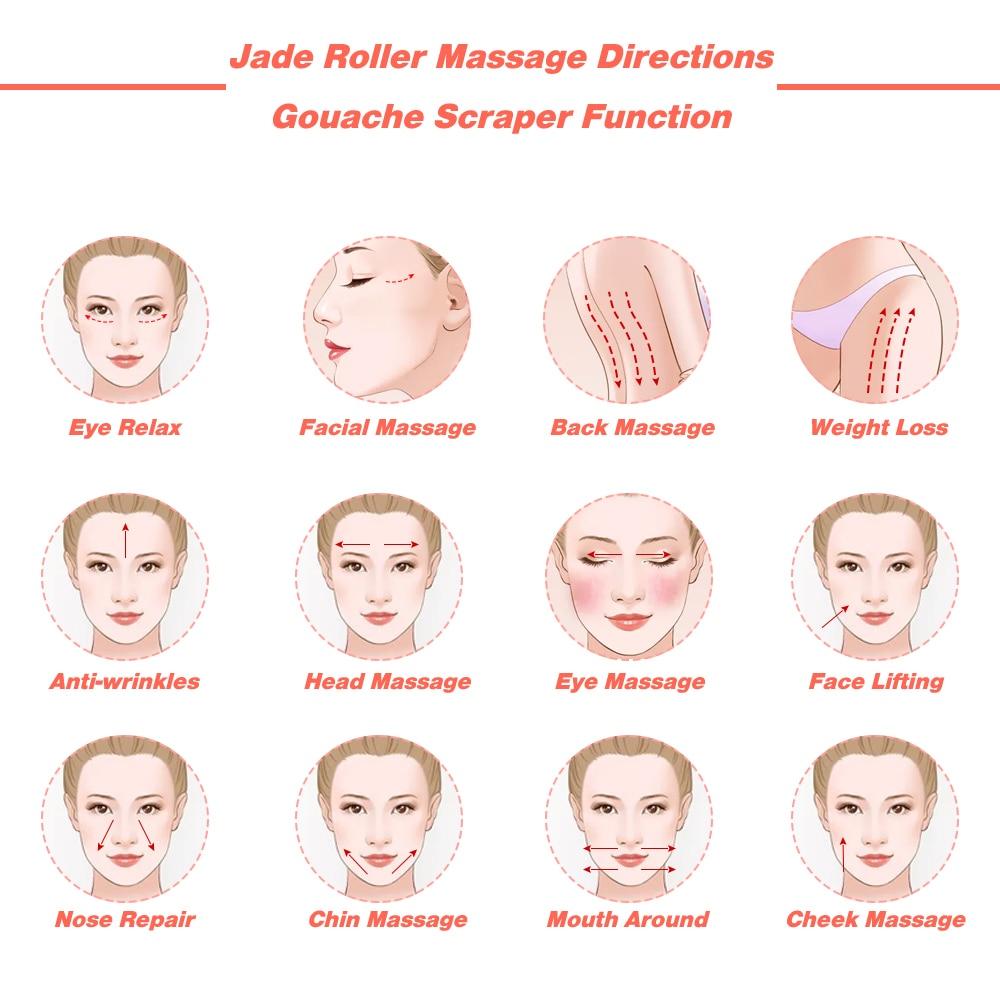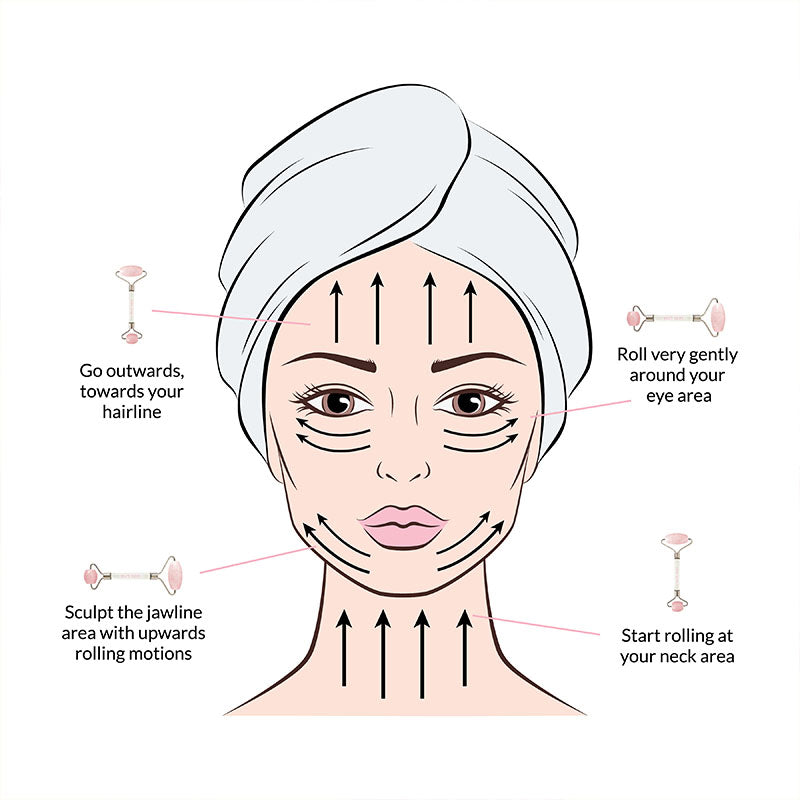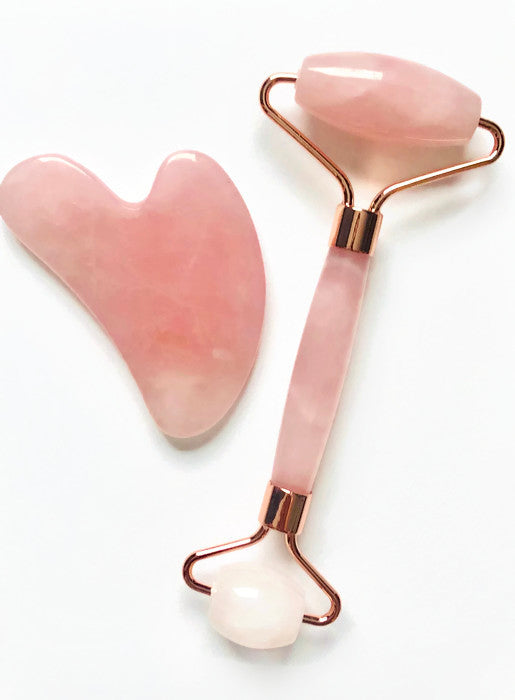Topic how to massage scar tissue on face: Discover the transformative art of facial scar massage with our expert guide, designed to improve scar appearance, enhance skin flexibility, and boost your confidence.
Table of Content
- Preparation
- Massage Techniques
- Additional Tips
- When to Start Scar Massage
- Benefits of Scar Massage
- Massage Techniques
- Additional Tips
- When to Start Scar Massage
- Benefits of Scar Massage
- How long should I massage each area of scar tissue on my face to break down excess tissue effectively?
- Additional Tips
- YOUTUBE: How to Reverse Scarring and Reduce Scar Tissue Build Up | Peaches Skin Care Massage Series
- When to Start Scar Massage
- Benefits of Scar Massage
- When to Start Scar Massage
- Benefits of Scar Massage
- Benefits of Scar Massage
- Introduction to Facial Scar Massage
- Benefits of Massaging Scar Tissue on the Face
- Preparation for Scar Massage
- Detailed Massage Techniques for Facial Scars
- Best Practices and Tips for Effective Scar Massage
- Recommended Products for Scar Massage
- Understanding When to Start Massaging Facial Scars
- How to Monitor Progress and Adjust Techniques
- Professional Advice on Managing Facial Scars
- Conclusion: Embracing the Journey of Scar Healing
Preparation
- Wash your hands and the scar area with soap and warm water.
- Apply a light layer of oil, such as olive oil, to the scar to facilitate smooth massage movements.

READ MORE:
Massage Techniques
Use the following techniques two to three times a day for about five to ten minutes each session:
- Circular Motion: Gently massage the scar using your fingertips in a circular motion. This helps to promote blood circulation and flexibility.
- Vertical and Horizontal Motions: Alternate between vertical and horizontal strokes over the scar to encourage alignment of the collagen fibers.
- Cross Friction Massage: Apply gentle pressure using one or two fingers and move perpendicular to the scar line. This technique is beneficial for realigning collagen fibers and preventing adhesions.

Additional Tips
- Begin with gentle pressure, gradually increasing it to encourage healing without causing pain.
- Consider using over-the-counter creams such as Vaseline, cocoa butter, or hand lotion to keep the skin moisturized and aid in the massage.
- Be patient and consistent with massage sessions to see the best results over time.

When to Start Scar Massage
Scar massage should not be started until the wound has completely healed. It is recommended to begin scar massage approximately 2 to 3 weeks postoperatively, performing it twice daily for the best results.
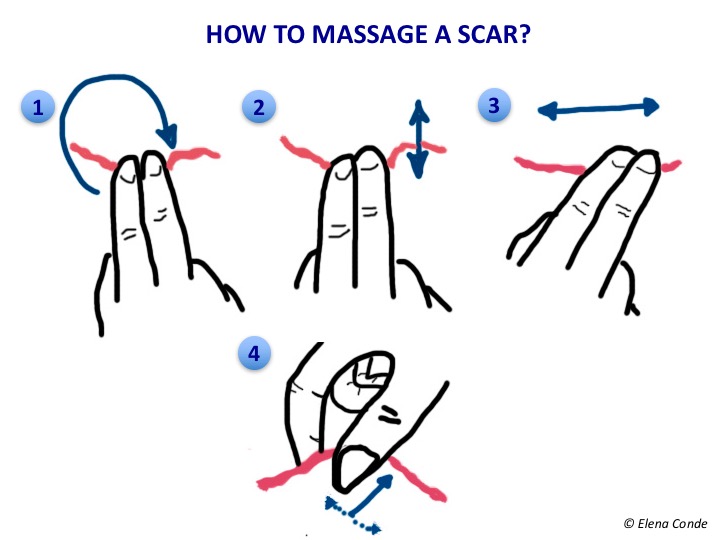
Benefits of Scar Massage
Regular scar massage can lead to a smoother, more pliable scar by helping to break down excessive and nonpliable collagen. It can also improve symptoms such as pain, hypersensitivity, itchiness, and tightness, making the scar less noticeable and more comfortable.
_HOOK_
Massage Techniques
Use the following techniques two to three times a day for about five to ten minutes each session:
- Circular Motion: Gently massage the scar using your fingertips in a circular motion. This helps to promote blood circulation and flexibility.
- Vertical and Horizontal Motions: Alternate between vertical and horizontal strokes over the scar to encourage alignment of the collagen fibers.
- Cross Friction Massage: Apply gentle pressure using one or two fingers and move perpendicular to the scar line. This technique is beneficial for realigning collagen fibers and preventing adhesions.
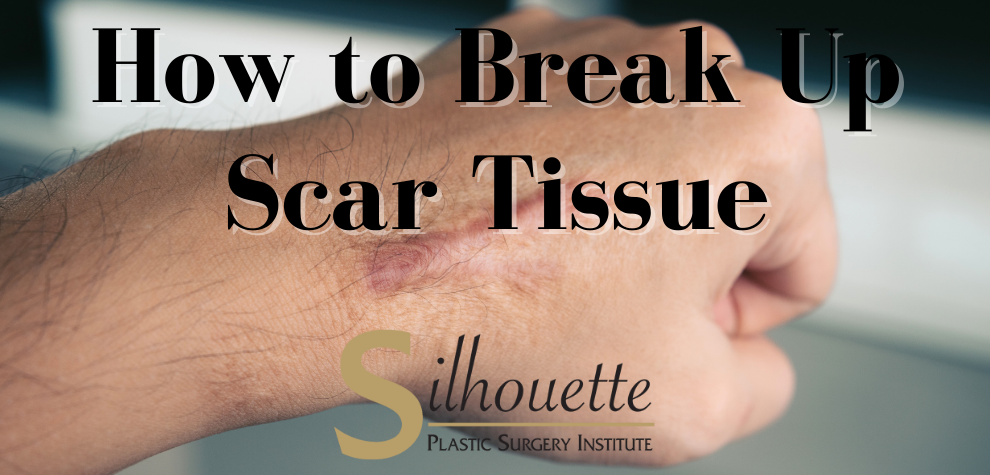
Additional Tips
- Begin with gentle pressure, gradually increasing it to encourage healing without causing pain.
- Consider using over-the-counter creams such as Vaseline, cocoa butter, or hand lotion to keep the skin moisturized and aid in the massage.
- Be patient and consistent with massage sessions to see the best results over time.

When to Start Scar Massage
Scar massage should not be started until the wound has completely healed. It is recommended to begin scar massage approximately 2 to 3 weeks postoperatively, performing it twice daily for the best results.

Benefits of Scar Massage
Regular scar massage can lead to a smoother, more pliable scar by helping to break down excessive and nonpliable collagen. It can also improve symptoms such as pain, hypersensitivity, itchiness, and tightness, making the scar less noticeable and more comfortable.
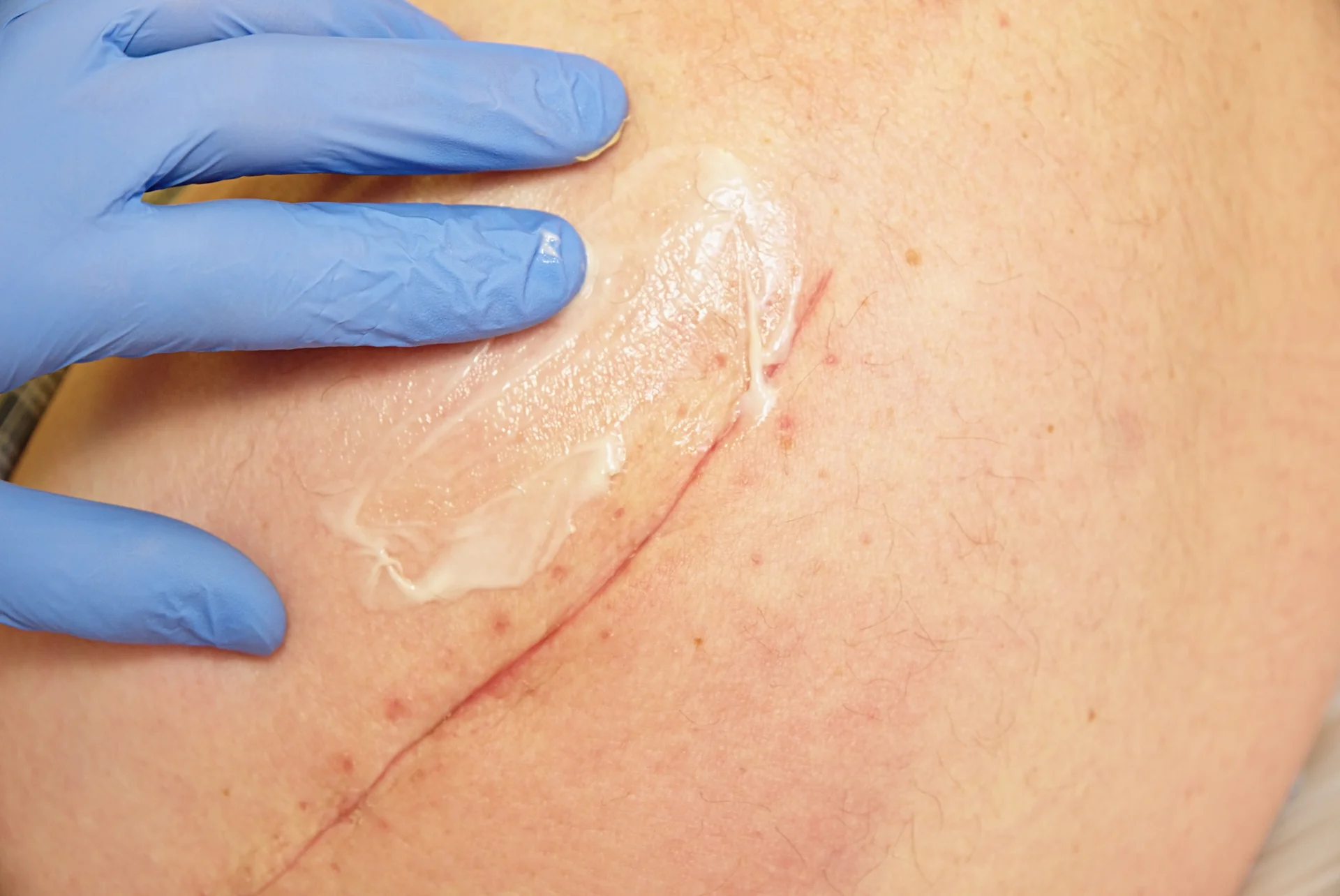
How long should I massage each area of scar tissue on my face to break down excess tissue effectively?
To effectively break down excess scar tissue on your face, it is recommended to massage each area of the scar for about four minutes at a time. Follow these steps for best results:
- Gently massage the scar tissue in slow, steady circles using the pads of your fingertips.
- Apply firm pressure to the scar and move in a circular motion over the scar.
- Use two fingers to massage the scar from side-to-side.
- Apply only as much pressure as you can tolerate while massaging the scar.
Remember to be gentle yet consistent with your scar tissue massage to help break down excess tissue effectively.
_HOOK_
Additional Tips
- Begin with gentle pressure, gradually increasing it to encourage healing without causing pain.
- Consider using over-the-counter creams such as Vaseline, cocoa butter, or hand lotion to keep the skin moisturized and aid in the massage.
- Be patient and consistent with massage sessions to see the best results over time.
How to Reverse Scarring and Reduce Scar Tissue Build Up | Peaches Skin Care Massage Series
Relax and rejuvenate your body and mind with a soothing massage that melts away tension and stress. Treat yourself to a luxurious experience that will leave you feeling refreshed and invigorated. Watch the video to indulge in the ultimate relaxation.
Proven Ways to Heal a Scar Quickly - Avoiding Scar Tissue After Surgery By a Physical Therapist
Discover the incredible power of healing and experience the transformative journey of restoring balance and harmony within yourself. Join us on a profound exploration of healing practices that will uplift your spirit and promote overall well-being. Watch the video to embark on a path of inner renewal.
When to Start Scar Massage
Scar massage should not be started until the wound has completely healed. It is recommended to begin scar massage approximately 2 to 3 weeks postoperatively, performing it twice daily for the best results.
Benefits of Scar Massage
Regular scar massage can lead to a smoother, more pliable scar by helping to break down excessive and nonpliable collagen. It can also improve symptoms such as pain, hypersensitivity, itchiness, and tightness, making the scar less noticeable and more comfortable.
When to Start Scar Massage
Scar massage should not be started until the wound has completely healed. It is recommended to begin scar massage approximately 2 to 3 weeks postoperatively, performing it twice daily for the best results.
Benefits of Scar Massage
Regular scar massage can lead to a smoother, more pliable scar by helping to break down excessive and nonpliable collagen. It can also improve symptoms such as pain, hypersensitivity, itchiness, and tightness, making the scar less noticeable and more comfortable.
_HOOK_
Benefits of Scar Massage
Regular scar massage can lead to a smoother, more pliable scar by helping to break down excessive and nonpliable collagen. It can also improve symptoms such as pain, hypersensitivity, itchiness, and tightness, making the scar less noticeable and more comfortable.
Introduction to Facial Scar Massage
Facial scar massage is a therapeutic technique aimed at improving the appearance and texture of scar tissue on the face. It involves gentle manipulation of the scar area to promote healing, enhance skin elasticity, and reduce the visibility of scars. This method is particularly beneficial for managing keloid scars, which are raised and can be more noticeable. Massaging the scar can help break down the fibrous tissue, making the scar less pronounced.
Scars form as part of the body\"s healing process when the skin is injured. The body produces collagen, a key protein that repairs damaged skin and seals any openings. While scars are a natural outcome of healing, their appearance can vary widely, often looking darker, lighter, or pinker than the surrounding skin. Although completely removing a scar may not be possible, massage techniques can significantly reduce their visibility and discomfort.
- Preparing for Scar Massage: Before beginning any massage, it\"s crucial to ensure that the wound has fully healed. Clean the area with mild soap and warm water, and apply a light layer of oil or moisturizer to facilitate the massage and prevent skin irritation.
- Massage Techniques: Using the fingertips or knuckles, gently massage the scar in small, circular motions. Start from the center and move outwards, being careful not to apply too much pressure. This can help improve the scar\"s texture and elasticity.
- Frequency and Duration: For optimal results, massage the scar for a few minutes at a time, several times a day. Regular massage can enhance circulation to the area, supporting faster and more effective healing.
While facial scar massage can offer significant benefits, it\"s important to proceed with caution. If the scar or surrounding area becomes painful or irritated, it\"s advisable to consult a healthcare professional. Additionally, while massage can improve the appearance of scars, results can vary based on the individual\"s skin type and the scar\"s characteristics.
Embracing facial scar massage as part of a comprehensive scar management strategy can lead to improved skin health and confidence. By understanding the basics of scar formation and adopting gentle, effective massage techniques, individuals can actively participate in their skin\"s healing process.
Benefits of Massaging Scar Tissue on the Face
Massaging scar tissue on the face offers numerous benefits, enhancing both the appearance and health of the skin. This therapeutic technique can lead to significant improvements in scar texture, flexibility, and overall skin condition.
- Improves Scar Appearance: Regular massage of scar tissue can make scars less noticeable, helping to flatten raised scars and reduce redness or discoloration.
- Increases Blood Flow: Massage promotes increased circulation to the scar area, which can speed up the healing process and reduce the likelihood of scar tissue becoming overly hard or raised.
- Enhances Skin Elasticity: By breaking down the fibrous tissue in scars, massage can improve the elasticity and flexibility of the skin, making the scarred area feel softer and more like the surrounding skin.
- Reduces Pain and Itching: Many individuals experience discomfort or itching around scarred areas. Massaging the scar can alleviate these symptoms, providing relief.
- Prevents Scar Tissue from Adhering to Underlying Tissues: Regular massage can prevent scars from tethering to underlying tissues, which can lead to improved mobility and flexibility in the scarred area.
- Supports Emotional Healing: Beyond the physical benefits, the act of massaging scar tissue can also provide psychological comfort, helping individuals connect with their bodies and the healing process.
While massaging scar tissue can offer these benefits, it\"s essential to approach this practice with care. Always ensure the scar and surrounding skin are fully healed before starting massage therapy. If you have concerns or if the scar is fresh, consulting with a healthcare provider is advisable to ensure it\"s safe to begin massaging the area.
Preparation for Scar Massage
Preparing to massage scar tissue on the face is a crucial step in ensuring the effectiveness of the massage while also taking care of the skin. Before beginning the massage, it\"s important to wait until the wound has completely healed. This can take up to 6 weeks after surgery. Clean the area gently using mild soap and warm water, and pat it dry carefully. Apply a moisturizer or a specific oil to the scar to prevent skin irritation and to keep the skin hydrated. Moisturizing the scar area helps in reducing inflammation as well as moisturizing the skin, making the massage process smoother and more comfortable.
When choosing a moisturizer or oil, consider options like natural massage oils or creams that do not contain irritants. Coconut oil is a popular choice due to its natural healing properties. The application of a generous amount of moisturizer or oil not only protects the skin from potential irritation but also facilitates the massage movements.
It\"s recommended to start massaging the scar with gentle, circular motions, using either the fingertips or knuckles. Begin in the center of the scar and gradually move outward in small circles. After the massage, any excess oil or moisturizer should be wiped off with a damp cloth. Regular scar massage can significantly improve the texture and elasticity of the skin over the scar, making it less noticeable.
However, it\"s crucial to consult with a healthcare provider before starting any scar massage, especially after surgery or on keloid scars. Your doctor can provide guidance on when it\"s safe to begin massaging the scar and recommend specific techniques or products that would be most beneficial for your skin type and scar condition.
Detailed Massage Techniques for Facial Scars
Massaging facial scars involves a variety of techniques designed to improve the appearance, texture, and health of scar tissue. Here are detailed steps for effective facial scar massage:
- Manual Lymph Drainage: Begin with gentle, circular draining motions around the scar to optimize lymphatic circulation. This technique involves stretching the skin in straight lines and then in circular motions above and below the scar, aiding in draining congested lymph fluid and making the tissue softer.
- Myofascial Release: To ease the constriction of scar tissue, use two or three fingers to gently stretch the skin adjacent to the scar in a parallel direction. This can be done in a straight or circular motion, moving along the scar to help release tension and improve flexibility.
- Deep Transverse Friction: Applied transverse to the direction of the fibers, this deep tissue massage technique is designed to prevent and break up adhesions within mature or immature scars. It\"s crucial to never exceed the client\"s comfort level.
- Lubrication: Keep the scar moisturized with lotions, castor oil, or vitamin E oil to prevent drying and improve pliability. This step is vital before and after massage sessions.
- Stretching: Particularly important for scars over joints, stretching the scar tissue can increase the range of motion. Combine sustained stretching with massage for the best results.
- Heat Application: Use moist heat packs, paraffin wax, or ultrasound to make the scar more pliable and flexible. Heat application is a supplementary technique to enhance the effects of massage.
It\"s essential to approach facial scar massage with care, especially during the early stages of scar formation. Always consult with a healthcare provider before beginning a massage regimen on scar tissue, particularly after surgery or for keloid scars, to ensure it is safe and appropriate for your specific situation.
_HOOK_
Best Practices and Tips for Effective Scar Massage
For effective scar massage, especially on the face, adopting best practices and tips can significantly enhance the healing process and improve the appearance of scars. Here are some recommended strategies:
- Frequency and Duration: Massage your scar for 5 minutes, 2-3 times daily to ensure consistent treatment and promote healing.
- Moisturization: Always apply a moisturizer or massage oil before starting the massage. This helps to protect the skin from irritation and keeps the scar and surrounding skin hydrated.
- Gentle Techniques: Use gentle, circular motions with your fingertips or knuckles, starting in the center of the scar and moving outwards. This approach aids in breaking down scar tissue and improving skin texture and elasticity without causing discomfort.
- Lymph Drainage: Incorporate lymph drainage techniques by rubbing the scar in a circular motion to promote fluid drainage, which minimizes swelling.
- Stretching: Gently rub the scar with your thumbs in a circular motion to keep the scar flexible, particularly important for scars over joints to prevent movement restriction.
- Pressure Application: Apply pressure in one direction using fingers, thumbs, or the palm for larger scars. This technique helps to break up excess collagen and adhesions, promoting a smoother scar appearance.
- Consultation: Before beginning scar massage, especially for deep or significant scars, consult with a healthcare professional to ensure the scar has healed adequately to prevent reopening or infection.
Remember, the goal of scar massage is not only to improve the appearance of scars but also to enhance flexibility and reduce discomfort. If you experience any pain or discomfort during the massage, it\"s crucial to stop and seek medical advice. For specialized techniques such as cupping, consulting a certified massage therapist can offer additional benefits.
Recommended Products for Scar Massage
Choosing the right products for scar massage can significantly enhance the healing process and improve the appearance of scars. Here are some recommended products and tips to consider:
- Moisturizers and Oils: Before starting the massage, apply a generous amount of moisturizer or natural oil, such as olive oil, to the scar area. These products help protect the skin from irritation and keep the scar and surrounding area hydrated, making the massage more effective.
- Silicone-Based Gels, Creams, or Strips: Dermatologists and plastic surgeons often recommend silicone-based products for scar care. Silicone strips, which are reusable bandages, can be worn for 12 hours daily for at least three months. Silicone creams and gels can be applied directly to the scar to help reduce its pigment and improve the appearance of the healing skin. Always use these products according to your healthcare provider\"s instructions, typically once the incisions have completely healed.
- Laser Treatments: For scars that require additional care, laser therapy or other non-invasive procedures can be considered to minimize the appearance of scars. These treatments can help flatten and fade scars, improving skin texture. Consulting a dermatologist or plastic surgeon who specializes in scar revision can provide tailored recommendations and treatments.
It\"s essential to follow your healthcare provider\"s advice regarding the best time to start using these products and any specific application instructions. Proper scar care, including the use of recommended products and massage techniques, can aid in healing and lead to a smoother, more aesthetically pleasing outcome.
Understanding When to Start Massaging Facial Scars
Knowing when to begin massaging facial scars is crucial for effective healing and minimizing their appearance. The process should start once the wound has fully healed, typically about two weeks after the incision or injury, but always after sutures are removed and scabs have naturally fallen off. It\"s essential to get approval from your healthcare provider before starting any scar massage to ensure the wound has healed adequately.
Scar massage is recommended to be done two to three times a day for about ten minutes each session. Starting with gentle pressure and gradually increasing it, use a combination of circular, vertical, and horizontal motions to maximize the healing effects. This method helps increase blood flow to the area, promotes flexibility, and can lead to a flatter, less noticeable scar.
- Before massaging, ensure the area is clean by washing with soap and warm water.
- Apply a light layer of oil, such as olive oil, to facilitate the massage and avoid irritation.
- For facial scars, use gentle, circular motions with your fingertips or knuckles, focusing on being gentle to avoid discomfort.
- After massaging, apply a moisturizer to keep the skin hydrated and support healing.
Massaging scar tissue on the face requires extra care due to the sensitivity of facial skin. Start by applying a generous amount of oil or moisturizer to protect the skin. Using gentle techniques is key to breaking down scar tissue and improving circulation without causing additional irritation.
Scar massage not only aids in reducing the scar\"s appearance but also improves the skin\"s flexibility and texture. However, it\"s important to note that results can vary, and consultation with a medical professional is advised if there are any concerns or if the scar does not respond to massage as expected.
How to Monitor Progress and Adjust Techniques
Monitoring progress and adjusting massage techniques for facial scar tissue are essential steps in the healing journey. Regular assessment helps in determining the effectiveness of the massage regimen and whether adjustments are necessary for optimal results. Here\"s how to track progress and fine-tune your approach:
- Visual Inspection: Regularly observe the scar for changes in size, texture, and color. Note any reduction in redness or scar flattening as signs of improvement.
- Texture Feel: Pay attention to the scar\"s texture as you massage. A softening of the scar tissue indicates progress. If the scar remains hard or rubbery, consider adjusting your massage pressure or technique.
- Flexibility: Assess the flexibility of the scar area by gently stretching the skin. Increased flexibility suggests effective scar tissue breakdown.
- Comfort and Sensation: Notice any changes in sensitivity or discomfort levels. A decrease in pain or discomfort is a positive sign. If massage causes increased pain, review your technique or consult with a professional.
- Photographic Documentation: Take periodic photos of the scar under consistent lighting conditions to visually track changes over time.
- Adjust Techniques: Based on your observations, adjust the pressure, duration, and movements of your massage. Experiment with different oils or creams to enhance the massage\"s benefits and comfort.
- Professional Feedback: If available, seek periodic evaluations from a healthcare professional or a specialized therapist to get expert insight on your progress and advice on any necessary adjustments.
Remember, healing is a personal and individual process. What works for one person may not work for another. Stay patient and persistent, and adjust your approach as needed to support the best possible healing outcome for your facial scar.
Professional Advice on Managing Facial Scars
Managing facial scars effectively involves a combination of professional treatments and at-home care strategies. Here are expert recommendations to help you navigate the process of scar management:
- Consultation with a Specialist: Begin by consulting a dermatologist or plastic surgeon who specializes in scar treatment. They can provide a personalized treatment plan based on your scar\"s type, size, and location.
- Understanding Scar Types: Different types of scars (e.g., keloid, hypertrophic, atrophic) require different management approaches. Professional advice is crucial in identifying the most effective treatments.
- Professional Treatments: Explore professional treatments such as laser therapy, microneedling, or silicone gel sheets, which have been shown to improve the appearance of scars significantly.
- Consistent Sun Protection: Protecting your scar from the sun is vital, as UV exposure can darken scars, making them more noticeable. Use a broad-spectrum sunscreen with an SPF of 30 or higher.
- Proper Wound Care: Following surgery or injury, proper wound care is essential to prevent or minimize scarring. This includes keeping the wound clean, moist, and covered, according to your healthcare provider\"s instructions.
- Maintaining a Healthy Diet: A balanced diet rich in vitamins and minerals supports skin healing. Vitamins C and E, in particular, can promote tissue repair and reduce scar appearance.
- Patience and Consistency: Scar improvement is a gradual process that requires patience and consistency in care. Follow your professional treatment plan and at-home care routine diligently for the best results.
- Adjusting Expectations: While many treatments can significantly reduce a scar\"s appearance, it\"s important to have realistic expectations and understand that scars cannot be completely erased.
By following professional advice and adopting a comprehensive approach to scar management, individuals can achieve noticeable improvements in the appearance of facial scars. Remember, each scar is unique, and what works for one person may not work for another. Ongoing communication with your healthcare provider is key to finding the most effective strategies for your situation.
_HOOK_
READ MORE:
Conclusion: Embracing the Journey of Scar Healing
Healing scars, especially on the face, is a journey that requires patience, consistency, and care. While the physical process of massaging scar tissue can significantly aid in improving the appearance and flexibility of scars, the emotional and psychological aspects of healing are equally important. Embracing this journey involves understanding that each scar\"s healing process is unique and that progress may be gradual.
- Stay patient and positive, acknowledging each small improvement as a step forward in your healing journey.
- Be consistent with your massage and skincare routine, as regular care can lead to better outcomes over time.
- Seek professional advice when needed to ensure that your approach to scar care is tailored to your specific needs and conditions.
- Consider the journey of scar healing as an opportunity for self-care and mindfulness, allowing you to connect with your body in a nurturing way.
- Remember, healing is not just about the disappearance of scars but also about embracing and accepting changes to your body, fostering resilience and confidence.
In conclusion, while the physical techniques for massaging scar tissue are crucial, the journey of scar healing is also deeply personal and holistic. It encompasses a blend of medical advice, personal care routines, and emotional support. By approaching scar healing with patience, diligence, and a positive mindset, individuals can achieve not only improved physical outcomes but also a greater sense of well-being and self-acceptance.
Embrace the transformative journey of facial scar healing with gentle massage techniques that promise not just aesthetic improvement, but a deeper connection with your body\"s natural resilience and beauty. Begin your journey to smoother, more supple skin today.
